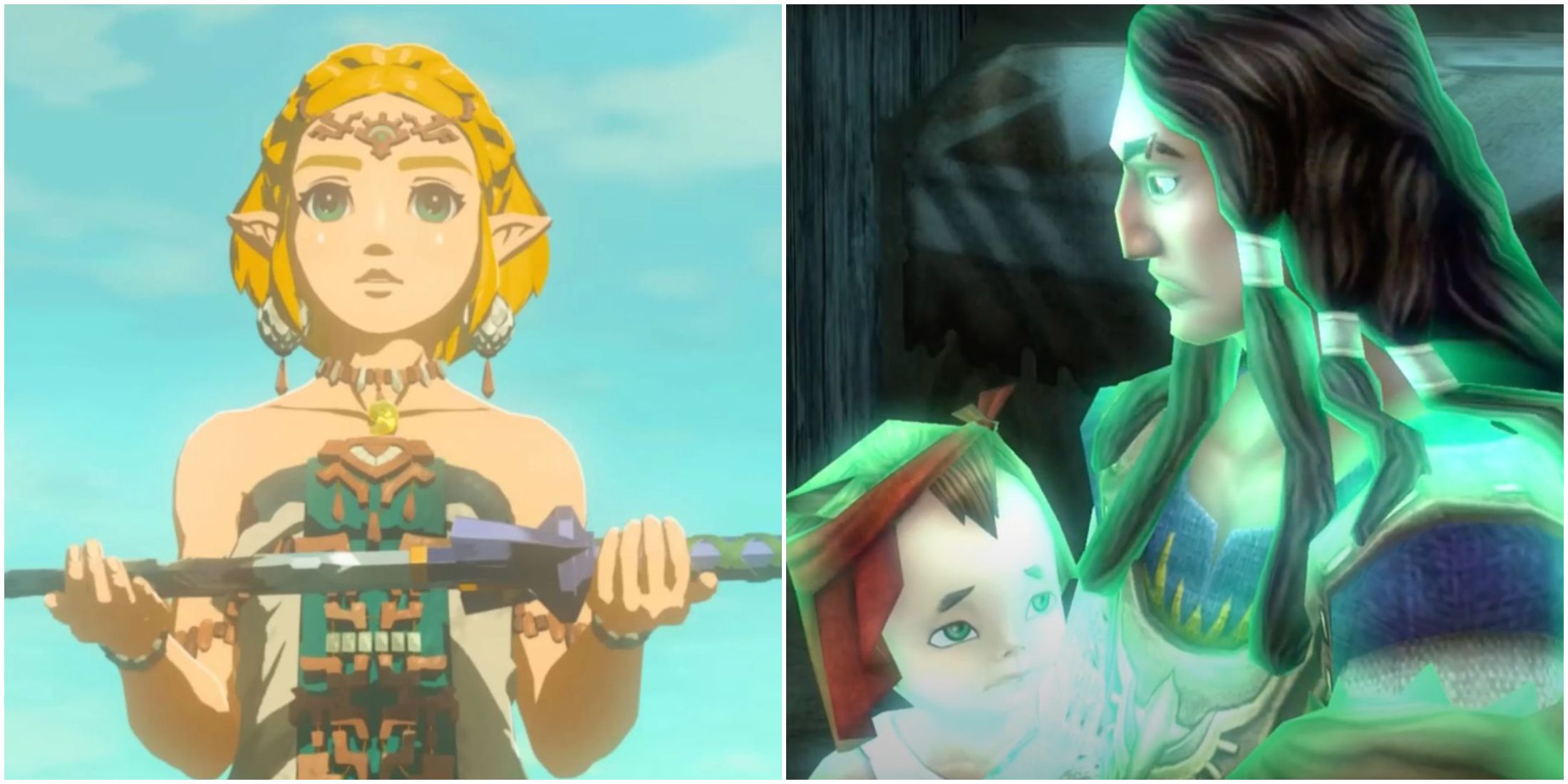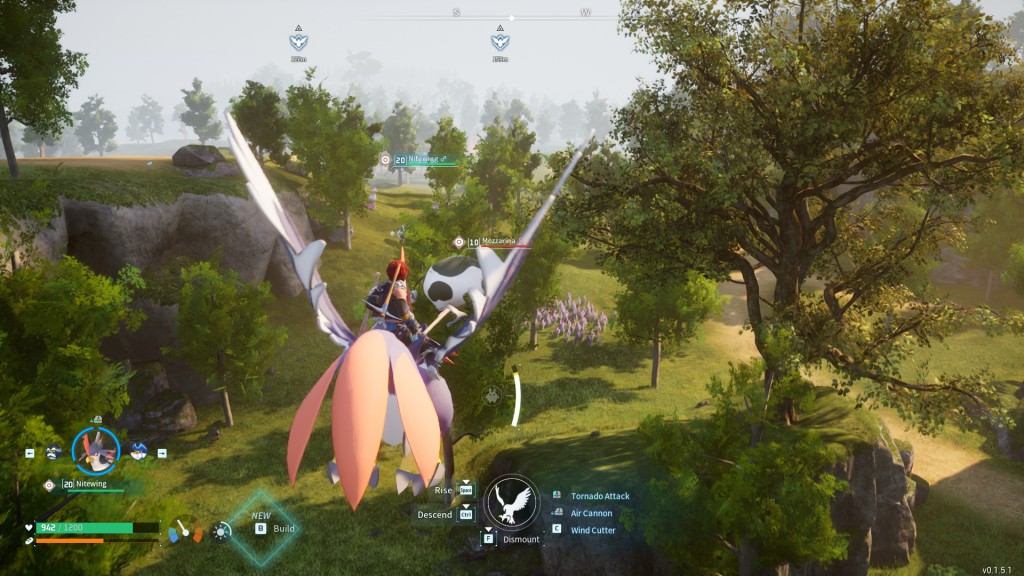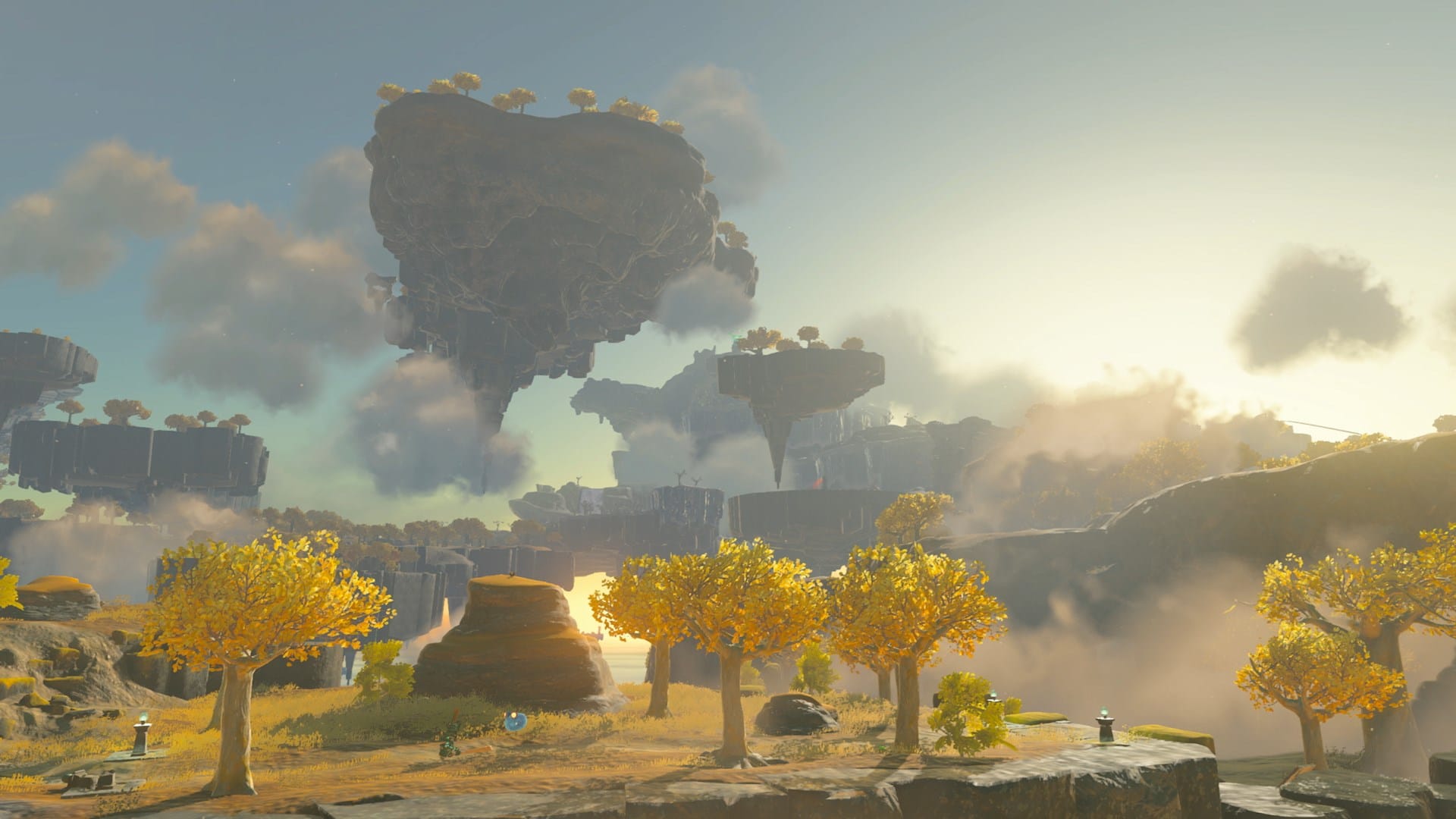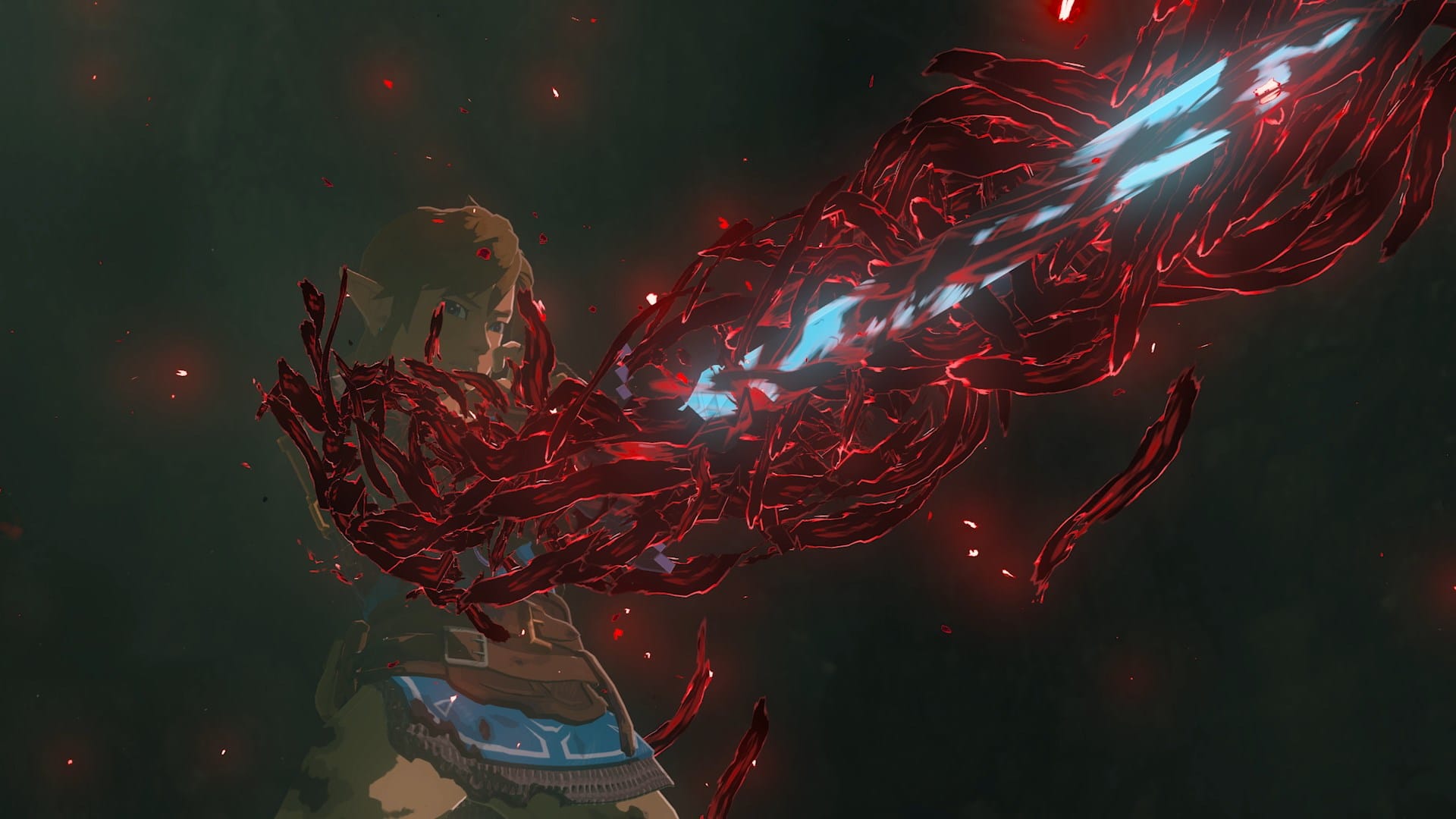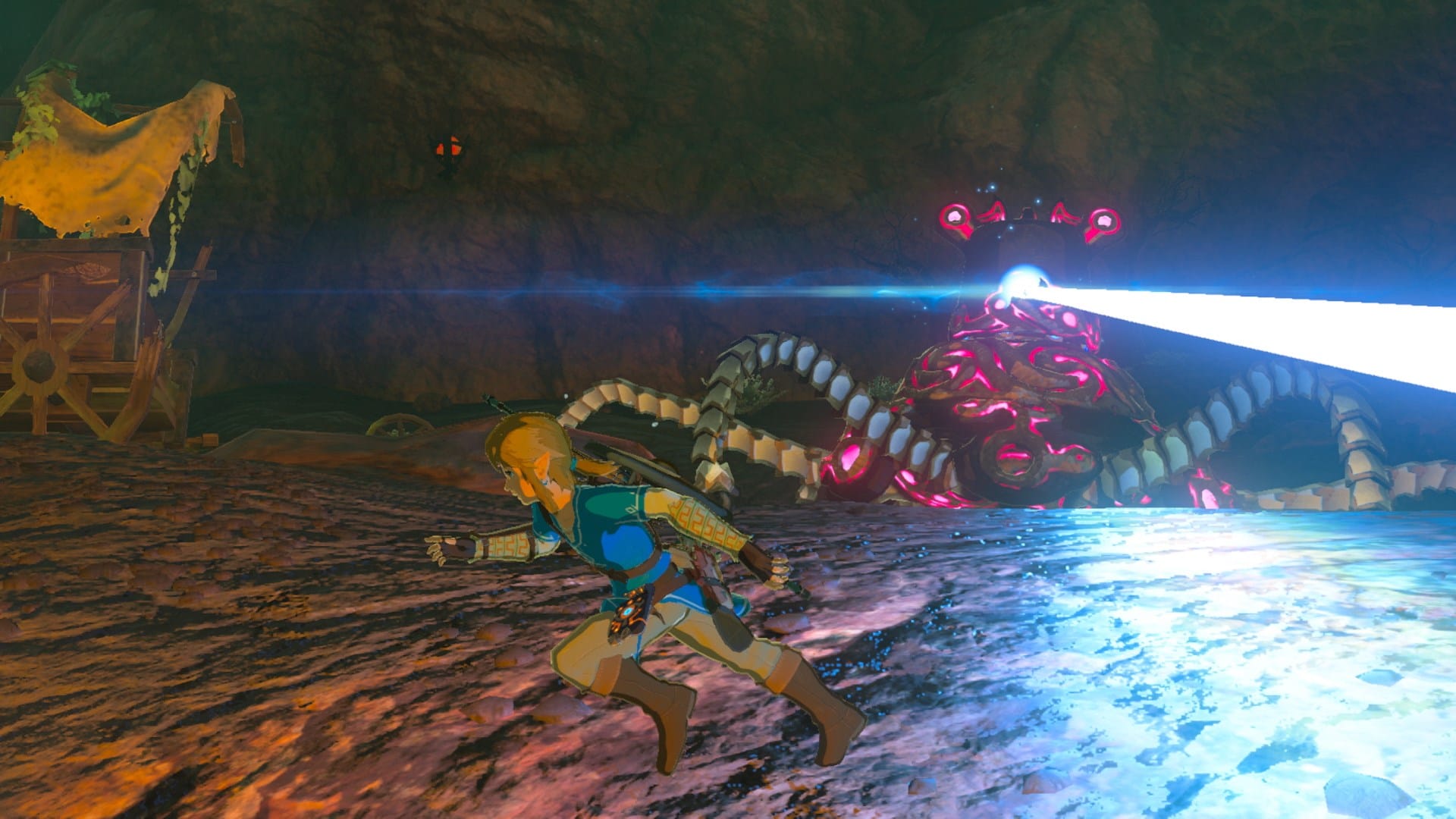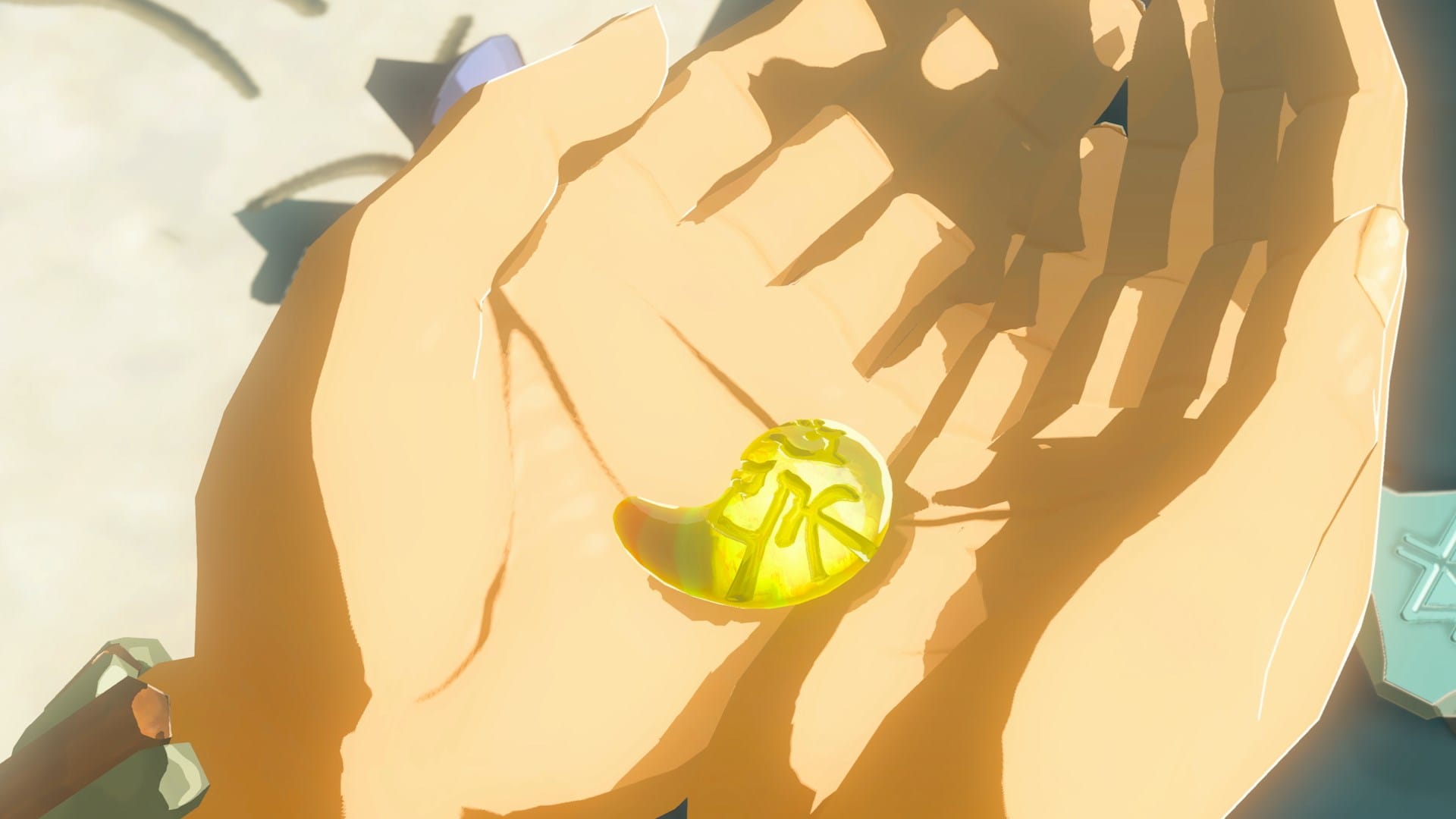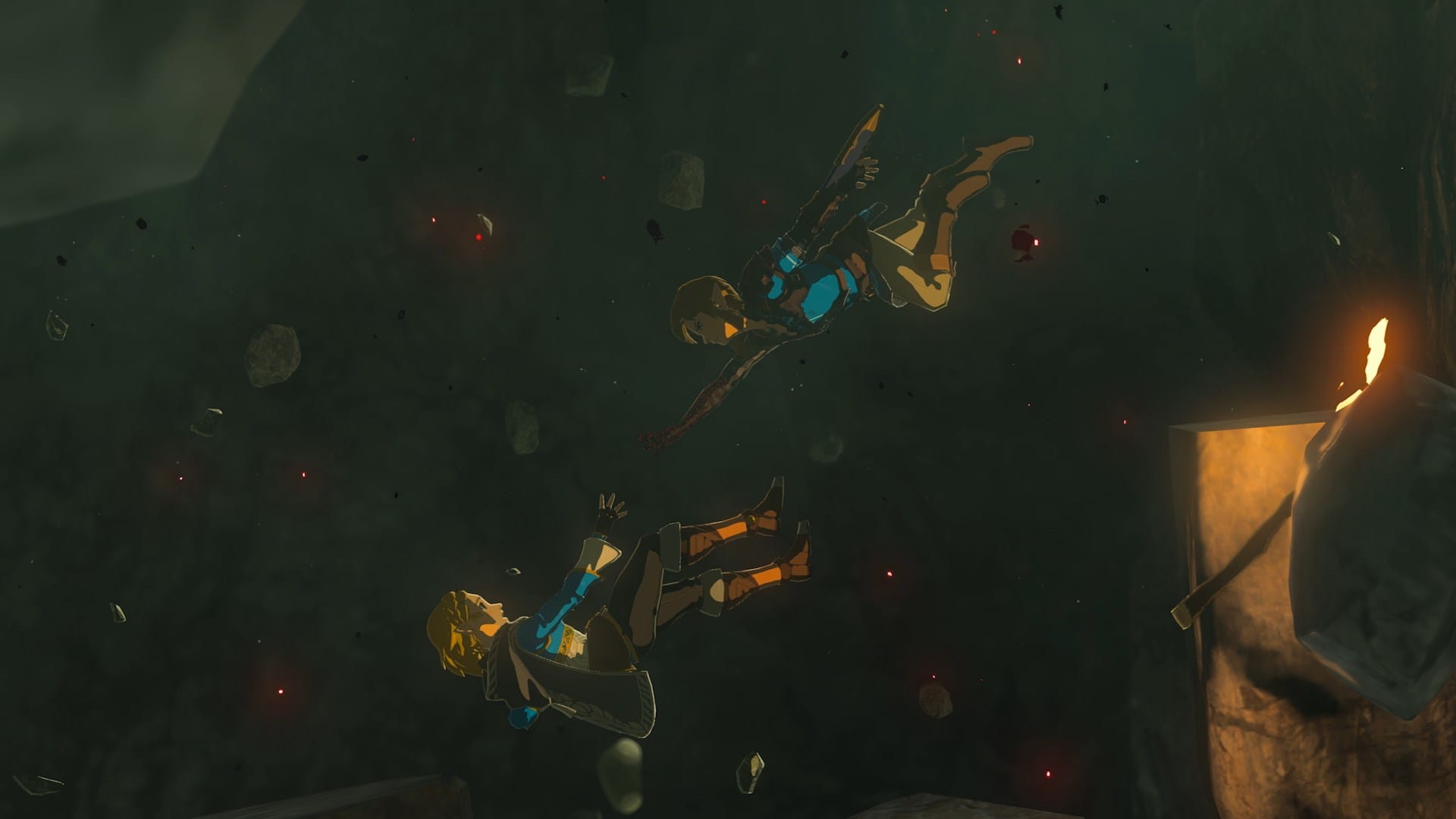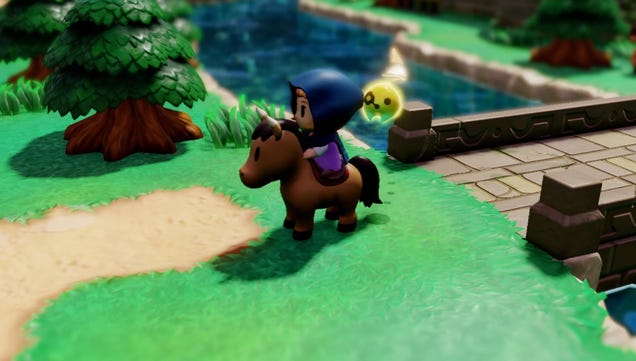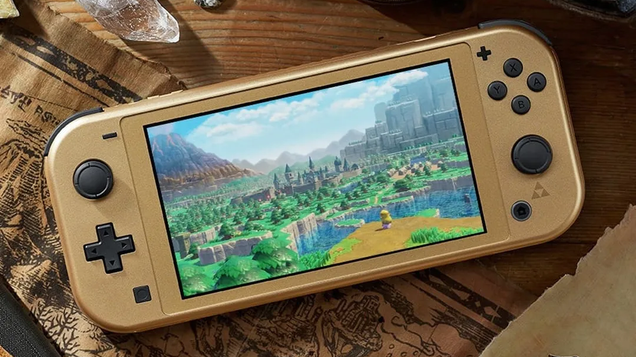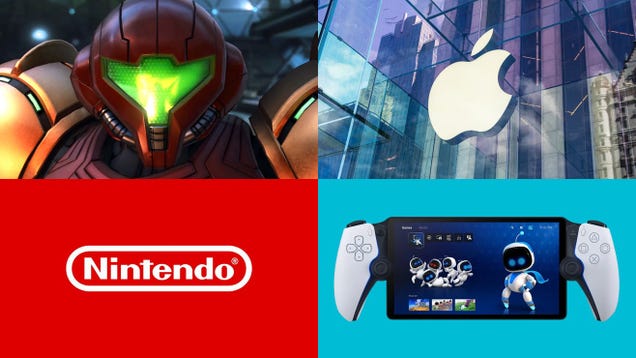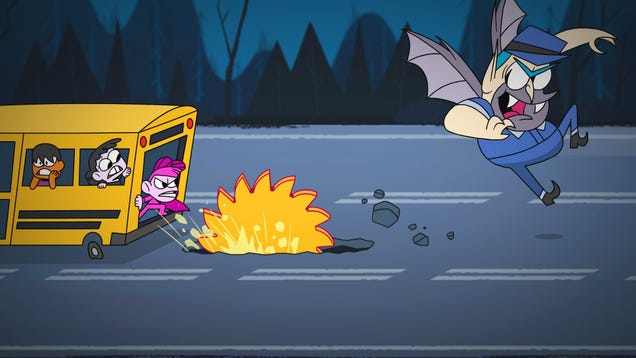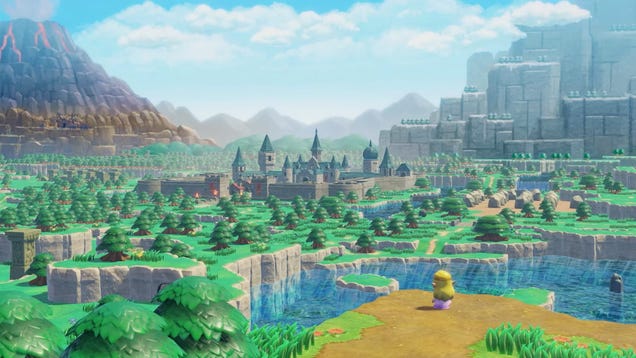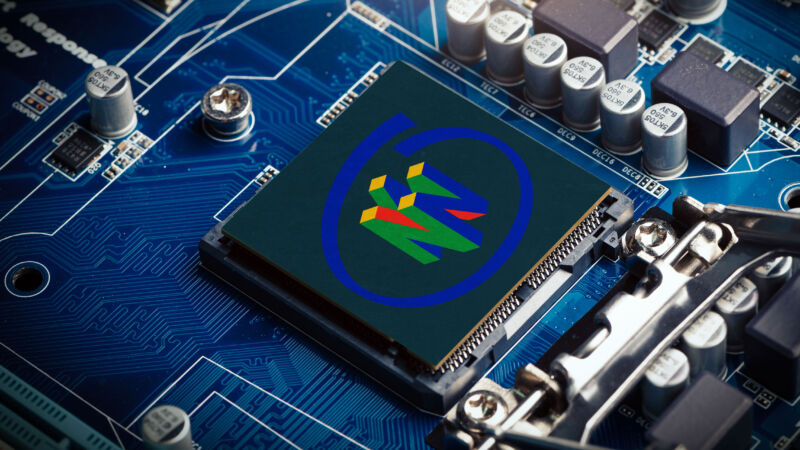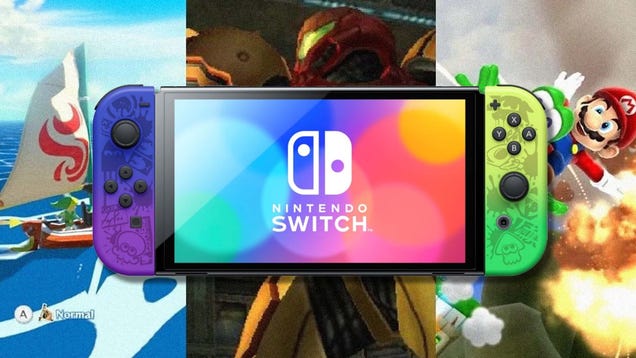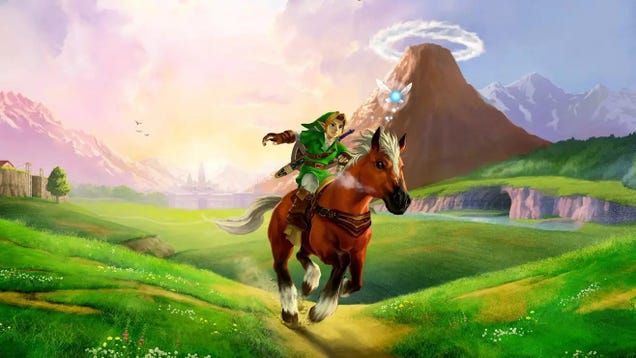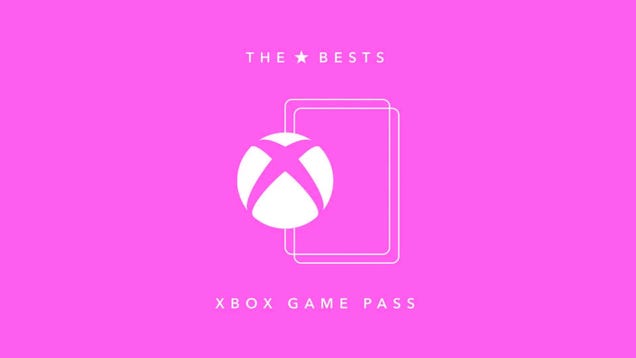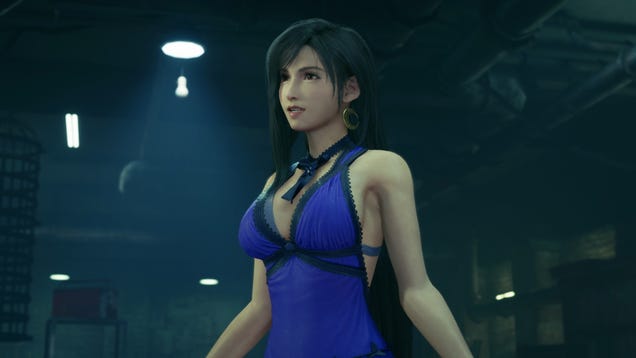First Impression: The Legend of Zelda – Echoes of Wisdom (Switch) ~ Renewing the Echo

Wikipedia – Nintendo Microsite
After the release of Tears of the Kingdom, I was afraid that we would never see a new game in the style of the 2D Zelda game. Yet, I have been proven wrong when this game was announced. To be very honest, I didn’t have very high hopes for this game. Especially since this game was announced this summer and released in late September. I felt that this game going to be a game to fill a gap while the developers are working on a much larger game. Now, the game is released, and I have played through a fair chunk of it. So, what is my opinion on this game? Well, that’s what I’m going to tell you in this first impressions article, while I all invite you to leave a comment of your thoughts and/or opinions in the comment section down below.
Renewing the Echoes

After a short introduction where you play as Link, the main story of this game is introduced. There are all consuming interdimensional rifts appearing all over Hyrule, and it’s eating various people in the kingdom.
Link gets eaten by one of those rifts while freeing Zelda and when Zelda tells her father, the king, about these rifts… A new rift appears and replaces the king with an evil clone of himself. Zelda gets thrown in the dungeon and there she meets a fairy named Tri. This fairy gives Zelda a special staff where she can summon objects into the world using echoes. With those echoes, she escapes the dungeon and sets out on an adventure to save Hyrule from doom before the land is fully consumed by the rifts.
Something I always love about the Zelda games is that there is a different core mechanic at the base of the game. In this game, we get two things. We got the rifts to another dark world, but we also got the magical staff, which we can use to summon various echoes into the world. These echoes mean you can tackle this game in various different ways. But I’ll talk more about that later in this article.
In terms of story, this game is hitting all the same beats as your typical Legend of Zelda game. It might be disappointing, to some, that in this game there is no voice acting anymore apart from the grunts and various emotional noises. Personally, I think it adds to the charm of this game. That’s because the characters in this game are way more expressive. While the story isn’t going to leave you at the edge of your seat of “what’s going to happen next”, it’s still well quite enjoyable, and the more expressive characters add quite a lot to the charm and atmosphere of the game.
Something I really like is how in this game, you are free to explore the world at your own peace. This game isn’t limiting you to go in a certain order. While this game isn’t fully open world like Breath of the Wild or Tears of the Kingdom, it’s somewhere in between. You can tackle parts in a different order. Like the first two major dungeons can be done out of order. Each area is its self-contained puzzle, and everything you need can be found in that general area.
In my introduction of this article, I said that I was afraid that was afraid that this game would be a short one where you were able to beat it in a few hours. That it was going to be a game that’s supposed to hold players over for the “next big 3D Zelda title”. To my surprise, this game is rather lengthy for a 2,5D Zelda game. It clocks in at 25 hours of casual playtime, which is, to my knowledge, one of the longest 2,5D Zelda games.
Climbing with beds

Something I find myself doing quite a lot while playing this game was climbing the area with beds. I summoned various beds stacked on top of each other to climb a wall. Since, I wanted to know if the developers hid a secret on that cliff face.
The exploration of this version of Hyrule is a blast to do. While you visit a lot of familiar places and meet your usual suspects like the Zora and the Gerudo, it’s a treat seeing them again. The only thing I missed a bit is showing the impact of the rifts. Something that this game only tells through dialogue was how things got impacted by the rifts. I wish it was shown a bit more visually. Like different animations of the characters before and after. But maybe, Tears of the Kingdom set the bar a bit too high for those expectations where each major area had a certain curse.
In terms of gameplay, this game really leans into the echoes mechanic. It also remembers that Zelda is a princess and didn’t really have combat training. So, you have to use summoned enemies to your advantage to let them fight for you. Now, you do have a sword, but you can only use it when your power meter has charge. I always reserved that for the dungeon bosses or when the situation got pretty dicey. Since recharging that meter is either done with potions or by defeating monsters from the rift world. These enemies aren’t exactly common in the overworld, and the energy bar drains fast.
In general, this game hits the same general gameplay beats as all other Zelda games. You go from dungeon to dungeon, learning a new technique or skill, defeating the boos and moving forward to another dungeon. There are also side quests in this game, that give you a nice reward. In this game, you also have a nice system to keep track of these side quests, like in Tears of the Kingdom. Something they also brought over from that game is the cooking system to a degree.
That’s something I personally feel mixed about. Maybe it’s me, but I feel the ingredients are quite rare to come by and there is no real way to farm certain ingredients like in Breath of the Wild. I have to admit that it adds a certain charm to this game, but I feel it’s a bit under implemented here. Like when you first meet the potion creators Deku shrubs, they talk about recipes… And I had a hard time finding any.
Like in Tears of the Kingdom, you can also eat most of the ingredients without cooking them. While I personally dislike the fact you have to do two clicks to consume an item, I do understand why they did it. To avoid you consuming them too much. Yet, this is a change from the two previous games and I honestly really feel it’s a set backwards. A fine solution would be to give the player an option to switch between both systems.
Grezzo playset

This game was co-developed by Grezzo. Their previous original Zelda game was Tri Force Heroes. But, this game looks very similar in graphical style to the remake of Link’s Awakening on the Nintendo Switch from late 2019.
This game looks like a plastic toy set and it looks amazing. While I was playing this game, I felt amazed at how expressive they were able to make everything without breaking the illusion that this is a toy set brought to live by our imagination. I don’t have a lot of complaints about the visuals and animations. And most of my complaints aren’t that big of a deal in the grand scheme of things.
Just like, I don’t have any complaints about the music and sound design of this game. If you take the music and sound design in a vacuum, you would say that it sounds just like very other Zelda game. It sounds like a remix of the familiar melodies we all know and love from the Zelda games. But, this isn’t a problem, since it sells the illusion that you are a child playing with a sort of Playmobil toy set of Hyrule and trying to recreate the sound effects and music of the game.
In terms of controls, this game plays like a dream. I rarely had problems with the controls and something I really like is the fact that with one press of a stick, you can see a view from on top when you feel the camera is blocking something. Now, there is one thing that I do have some things to criticize about. And that’s about the jumping.
It’s pretty difficult sometimes to judge how high Zelda can jump. I had moments in combat where I wasn’t aware I could jump on a higher ledge until I saw an enemy jumping backwards on that ledge. I also got tripped up several times with how far Zelda can jump. Her jump is shorter than I think, and the amount of times I jumped into a pit misjudging the jump is quite a lot. Something that would have helped is something a small landing shadow when Zelda was coming down. Then again, that must have been a nightmare to implement… So, maybe I should keep her shorter jump just better in mind.
Now, something else. Something I really like is how this game has two difficulty modes. I’m playing through this game on the normal difficulty setting and I have to say, I’m happy that I did. This game can lure you into a false sense of security. I wouldn’t say that this game is hard, but it isn’t a cakewalk either. You really need to keep your wits about you and think fast sometimes.
Being aware of what’s around you is also quite important since this game loves to hide things in little side area’s and using the map system is a must. I love how you can put pins and such on the map. Yet, I have to admit that I still keep notes in my phone like: “treasure in Gerudo dungeon, need to check later”.
The more I play through this game, the more I realize that the critiques I can make about this game are more on the minor side. Like how it feels like a waste of time when you are scrolling through a long list of echoes when you just want to find one. An easy solution would be to give the player an ability to favorite certain echoes. But then again, the sort function in the quick menu has “most used”, “recently learned” … So, it’s kinda that.
Now, you have two save slots in this game. So, you can play through this game and let a friend or a sibling play through a different slot. Now, this game also autosaves for you frequently, in case you forget to save. The game also keeps like several autosaves in case you want to return to an earlier point.
Something I really like is how this game also has a quick travel system. The system works similarly like an owl statue in Majora’s Mask or a water vane in Link Between Worlds. It makes it easy when you feel stumped by a puzzle and want to return later. The fast travel locations are very fairly placed all over the land.
While I went quite critical in this game, the more I played it, the more it won me over. This game is a new 2,5D Zelda adventure game I hope we were going to see again. The last new, non remake 2,5D Zelda game was released almost 11 years ago. And, I’m so happy to see a return to this style. I’d love to see a this style also making an appearance very so often since it’s clear there are still various unique ways to explore Hyrule and tell a story about the Hyrule legend without going fully 3D.
Apart from a few small complaints you read in this article, I honestly don’t have any major complaints about this game. This is a game I’m going to finish for sure, since I’m enjoying my time with this title quite a lot. If you are into the series, I highly recommend this title to you. If you enjoy exploration and playing with unique mechanics, I also think this game is for you. This game is totally worth it’s price tag and it pleasantly surprised me.
And with that said, I have said everything I wanted to say about this game for now. I hope you enjoyed reading this article as much as I enjoyed writing it. I hope to be able to welcome you in another one, but until then, have a great rest of your day and take care.



